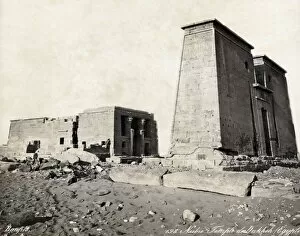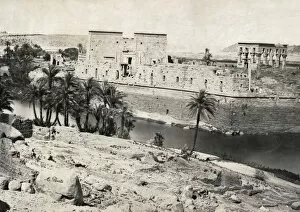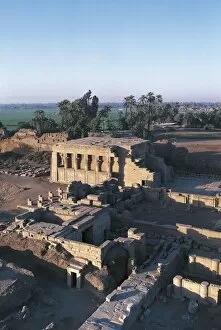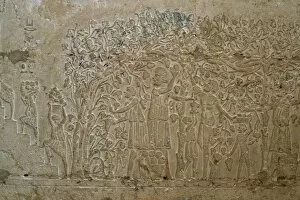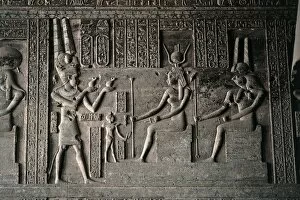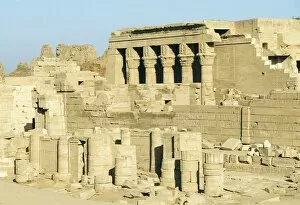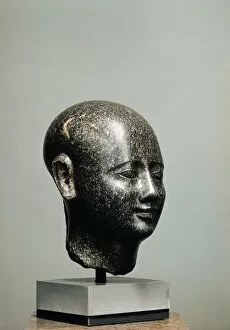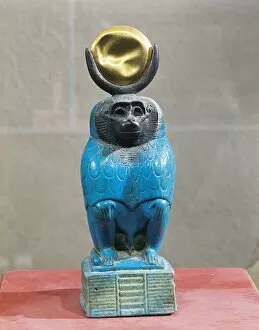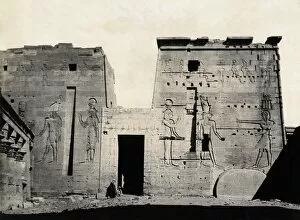Ptolemaic Period Collection (page 7)
The Ptolemaic period, spanning from the 4th century BCE to the 1st century BCE, was a time of great cultural and artistic achievements in ancient Egypt
For sale as Licensed Images
Choose your image, Select your licence and Download the media
The Ptolemaic period, spanning from the 4th century BCE to the 1st century BCE, was a time of great cultural and artistic achievements in ancient Egypt. This era is famously associated with Cleopatra, whose bas-relief alongside her son Caesarion showcases their regal presence. The Temple of Hathor at Dendara stands as a testament to the architectural prowess of this period, with its intricate carvings and grandeur that have captivated visitors even into the 20th century. The artistry of this era can also be seen in various coins minted during different reigns. Coins portraying Queen Arsinoe II and King Ptolemy I Soter depict their royal stature and influence over Cyprus. Similarly, depictions of gods like Hapi, god of the Nile in Flood, and Zeus on these coins highlight the religious significance intertwined with political power during this time. Not only did art flourish during this period but so did monumental structures like Edfu Temple. Its ceiling art by Viet Chu showcases exquisite craftsmanship while its colossal columns leave spectators awestruck by their sheer size and beauty. As we delve into history through these artifacts from the Ptolemaic period, we gain insight into an era where Egyptian culture merged with Greek influences under Ptolemaic rule. These remnants serve as reminders of a rich past that continues to fascinate us today.

